
1. What is a Smart Speaker?
A smart speaker is not just a speaker; it is the new generation of human-computer interaction. It integrates various functions such as playing online music, querying various information, voice entertainment interaction, and even controlling smart home appliances, all in the form of a Bluetooth speaker. Thanks to the rapid development of artificial intelligence and voice recognition technology in recent years, today’s smart speakers can provide correct and timely feedback to users’ voice commands.
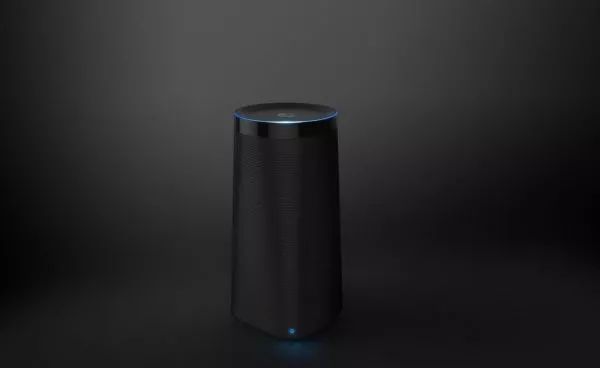
2. What is the Difference Between Smart Speakers and Regular Speakers?
The difference lies in the word “smart.” Regular Bluetooth speakers are primarily used for audio output, while “smart speakers” have audio output as just one of their many features. However, just like how the music quality of a smartphone cannot compare to that of a professional music player, smart speakers typically have slightly worse sound quality than regular Bluetooth speakers of the same price range. But because they are equipped with artificial intelligence, users can interact with them via voice, similar to the voice assistant on a smartphone. Although smart speakers have built-in AI, they are not very complex internally because all computations are done in the cloud. Therefore, smart speakers do not have high-end processors; their internal components are not much different from those of regular speakers. Since costs are mainly concentrated on the sound unit, it’s not surprising that there are smart speakers priced at only a few dozen yuan.
3. What Functions Can Smart Speakers Achieve?
As a product of the combination of artificial intelligence and traditional products, smart speakers can achieve the following functions:
1. Play Online Music
Unlike regular playback devices with built-in resources and Bluetooth speakers, the music resources of smart speakers are obtained online, avoiding the awkwardness of having outdated built-in resources and needing to connect to a phone or computer to play.
2. Smart Voice Assistant
Similar to the voice assistants on smartphones, users can chat with it or give it commands through voice. Most smart speakers can provide basic functions like setting alarms and checking information, while some can achieve services like voice shopping, ordering takeout, and checking traffic conditions through partnerships with other applications.
3. Smart Appliance Voice Remote Control
By connecting with smart home appliances at home, users can control them via voice. For example, users can voice-control turning on or adjusting the air conditioning or television. However, there are requirements for the controlled devices; they must be smart appliances compatible with the corresponding smart speaker.
4. What Factors Should Be Considered When Purchasing a Smart Speaker?
1. Sound Quality
A smart speaker is fundamentally a speaker designed to output sound, and sound quality is one of the important indicators of a good speaker. A good speaker should ensure that there is no distortion at high volumes, no electrical noise during operation, and should have high resolution, dynamic range, and as good sound field performance as possible. Here’s a tip: due to physical structure, the power and size of the speaker are generally positively correlated, so larger speakers usually have better sound quality than smaller ones.
2. Basic Experience
Compared to traditional speakers, smart speakers must include Bluetooth, WiFi, and accompanying apps. The stability of the connection when using Bluetooth and WiFi is an important factor affecting user experience. Additionally, a simple and easy-to-use app can help users get started easily.
3. Content
Content is crucial for any playback device. Smart speakers cannot have massive built-in resources; all content must be obtained online, and since different smart speakers come from different internet backgrounds, their content resources may vary. For example, Apple’s HomePod uses the Apple Music library, while Alibaba’s Tmall Genie uses the Xiami Music library, etc. Therefore, it’s best to check whether the music library of the speaker you want to buy includes your favorite songs before purchasing. Besides music, there are also news, books, stories, etc. In short, a good smart speaker must have high-quality and rich content resources.
4. Interaction
Although most smart speakers have accompanying apps, the primary interaction is still through voice dialogue with the speaker. This requires several things from the speaker:
1. Wide pickup range. Many speakers have smart home control functions, which requires a sufficiently wide pickup range; otherwise, you would need to place a speaker in every room.
2. Voice understanding. Accurately understanding voice commands is crucial for the user experience of smart speakers. If no matter what command you give, the speaker only responds with “I didn’t understand” or does something nonsensical, it can be very frustrating.
3. Feedback and Function Implementation. Since feedback is calculated in the cloud, there may be delays. If you have to wait over ten seconds to turn on the air conditioning, it might be easier to do it manually.
5. Ecosystem
The reason why various internet giants have launched their smart speakers is that they hope to pull users into their ecosystems through them. For example, if you want to order takeout via Ele.me, you have to use Alibaba’s ecosystem; if you want to link with Xiaomi products at home, you have to use Xiaomi’s. Therefore, choosing a smart speaker also means choosing the ecosystem behind it. It is recommended to choose the ecosystem you frequently use when purchasing.
5. What Should Be Noted When Buying a Smart Speaker?
1. Avoid purchasing products from manufacturers at risk of bankruptcy.
Since smart speakers are products that require most of their functions to be connected to the internet, if the manufacturer goes bankrupt and the cloud servers shut down, it will just be an ordinary Bluetooth speaker.
2. Smart speakers cannot control all appliances in the home.
Almost all ecosystems are exclusive; there is no smart speaker that can control all smart appliances. If controlling home appliances is your core requirement, it’s best to check which speaker can support the widest range of your home appliances.
3. Choose the latest products whenever possible.
There is a saying in technology products: “buy new, not old.” The same applies to smart speakers. Newer products not only improve performance and craftsmanship but also address the shortcomings of previous models.
6. What Smart Speaker Brands are Recommended?
Although Western countries started earlier in AI and voice recognition, we primarily interact with speakers in Mandarin. Unless you want to use a smart speaker to learn English, local brands are more worth purchasing (some foreign brands have poor online experiences due to the lack of local servers).
Xiaomi
Xiaomi, a relatively young company, has made astonishing progress in its fields. Today, Xiaomi’s Mijia smart home covers almost all aspects of life, and in terms of the range of smart devices it can connect to, Xiaomi is second to none.
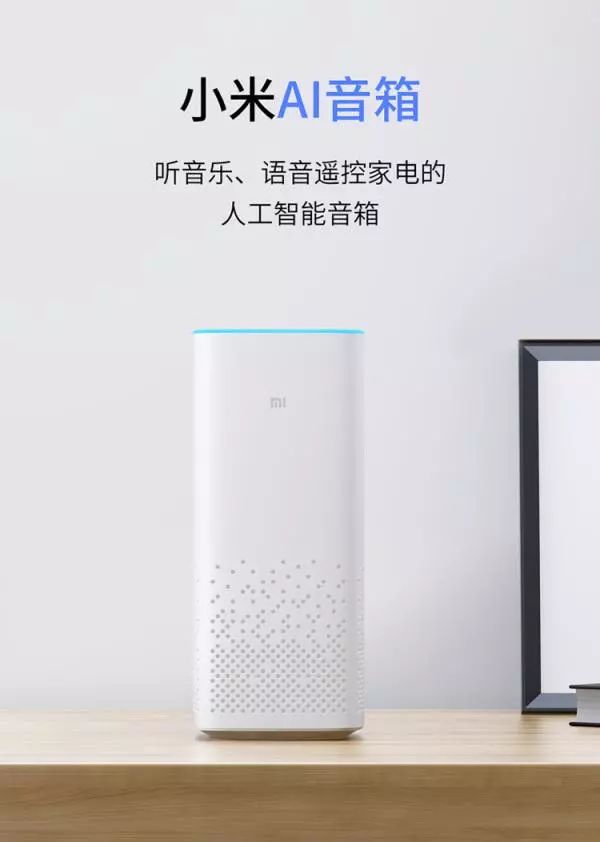
Alibaba
As a giant in the Chinese internet space, Alibaba’s ecosystem centers around its Tmall and Alipay, extending to other internet fields it owns or invests in. Whether buying things, checking logistics, or ordering takeout, Ma Yun’s family is reliable.

Tencent
Tencent started later in the AI field, but they hold the largest traffic application in China—WeChat. The ability of Tencent’s speakers to connect with WeChat is quite competitive for many users.
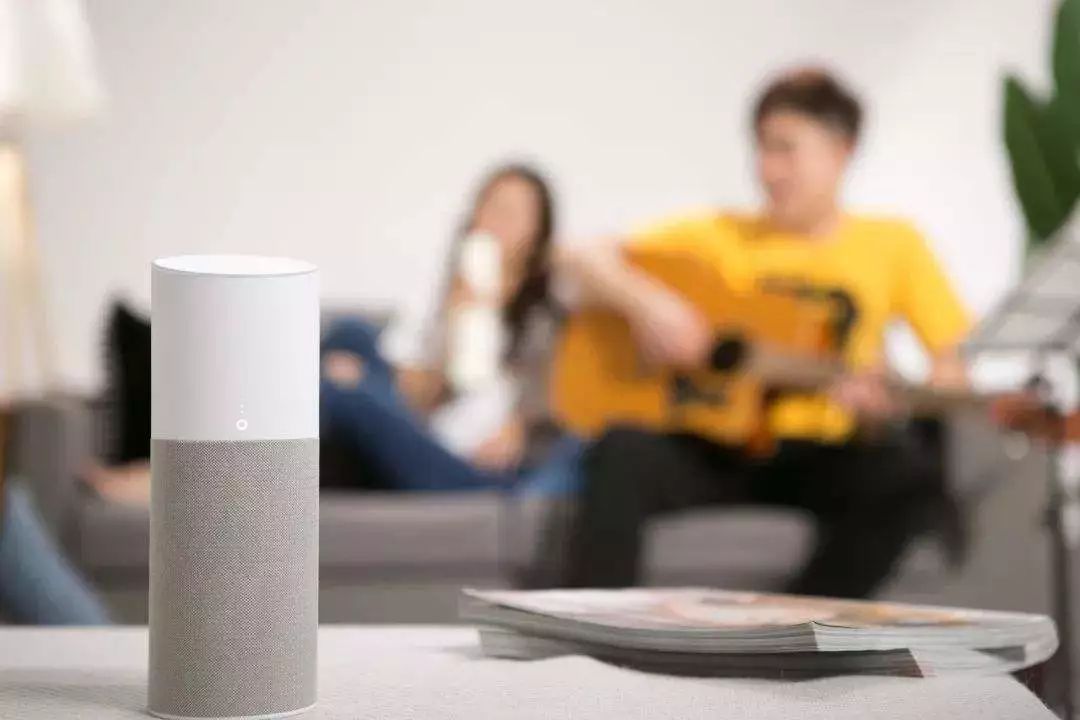
JD.com
As an e-commerce platform, JD’s cooperation with smart appliances supporting JD Micro Link is comparable to Xiaomi. Additionally, in terms of voice recognition, JD has chosen to collaborate with iFlytek, which is known for its excellent voice recognition technology in China.
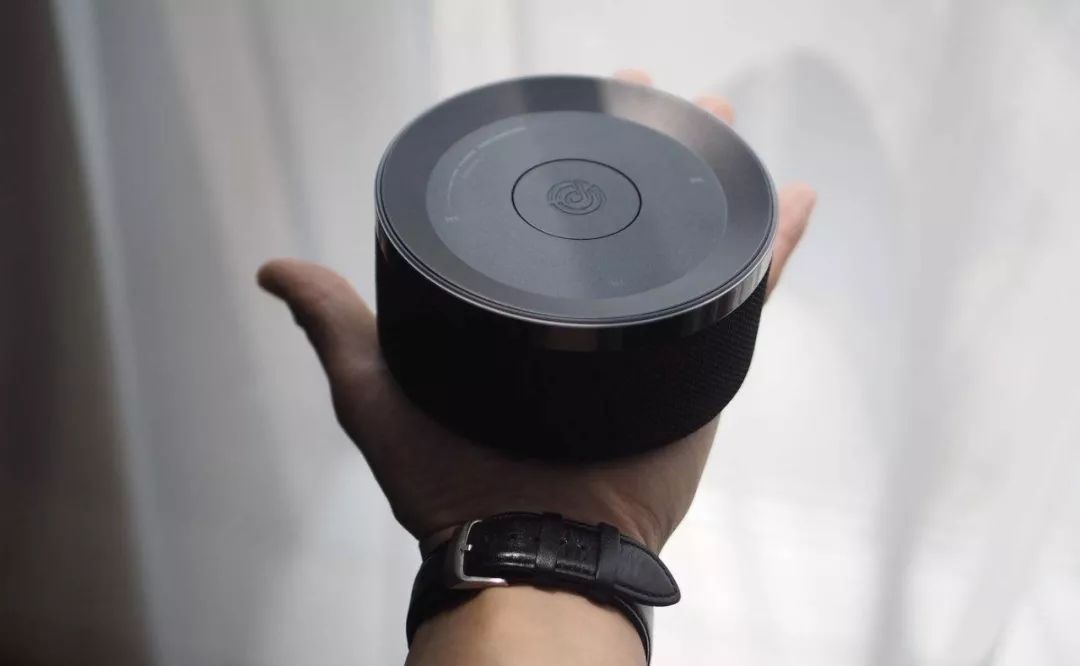
Baidu
Baidu is one of the early companies in China in the AI field, and its smart speakers are equipped with their DuerOS technology, an open platform similar to Android, providing good extensibility.

Ximalaya
Ximalaya, a well-known brand in the audio service field, has a large user base, and its years of effort in content resources give it an advantage.
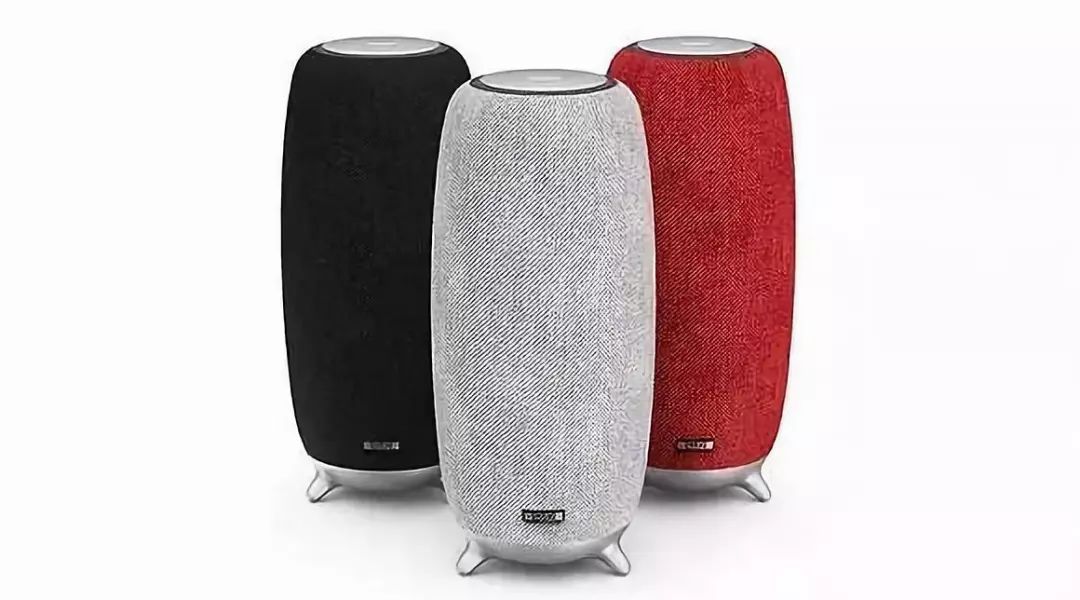
7. How to Test a Smart Speaker?
First, test the basic performance of the smart speaker.
1. Pickup Effect: Play the same recording at maximum volume using a phone, such as “What time is it now?” Test at fixed distances.
2. Anti-Interference: Use the same recording, adding another phone playing white noise at maximum volume.
3. Network Connection and False Wake-ups: Record the number of false wake-ups and disconnections during the test period.
4. Homophones: Change the names of songs to homophones and test whether the speaker plays the corresponding songs correctly.
5. Music Library: Collect 5 songs from 4 editors, covering both classic and popular songs, in both Mandarin and other languages.
6. Questions: Test the “human-like” level of the smart speaker by asking questions in conversation.
